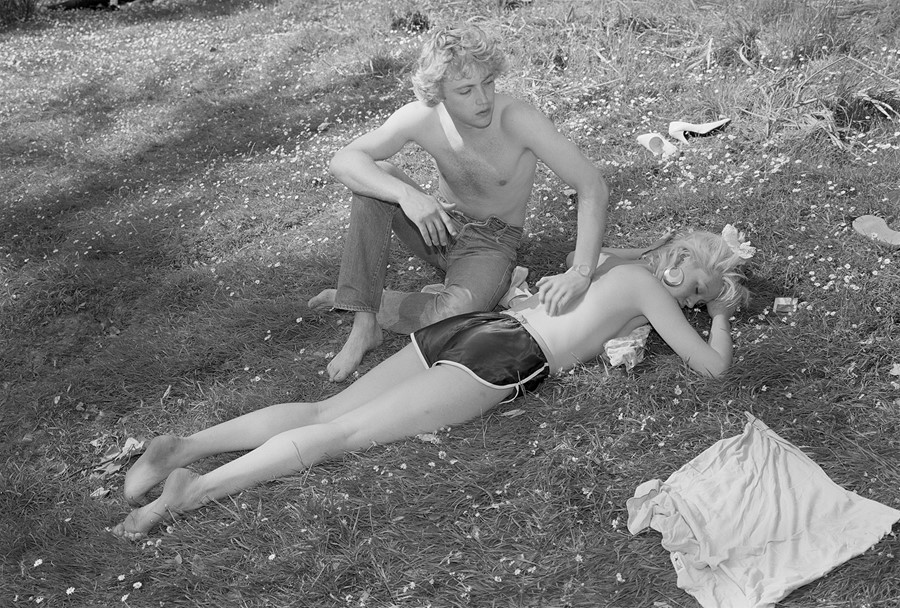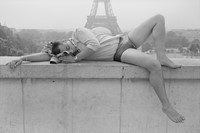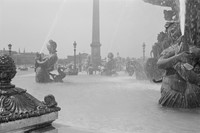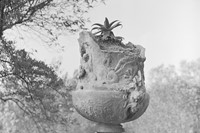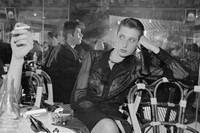The sensual photographs of Sergio Purtell capture long summer days and endless evenings spent travelling across Europe
Every summer in the late 70s and early 80s, Sergio Purtell bought a flight from New York to London and then travelled through Europe on a cheap rail pass. He went to France, Germany, Greece, Italy, the Netherlands and Spain, making friends along the way and sleeping in seedy hotels. “Wandering made sense to me,” the photographer writes on the back cover of the book. “I left Chile for the US at the age of 18, fleeing an imminent dictatorship. I studied architecture but then I fell in love with photography, and my art history classes convinced me that I needed to see Europe. When I got there, I was immediately reminded of my life in Santiago: the mannerisms, the customs, the architecture, the relaxed attitude towards life, the mornings in cafés nursing a cup for as long as one wanted, the afternoons passed lounging by the cool of a fountain, and finishing the day at the local bar with a glass of wine.”
Purtell photographed strangers and chance encounters with a paradoxical intimacy: their lives felt familiar to him, even though he had just arrived. 40 years on, Purtell’s first book brings together a selection of photographs from those summers of wanderings. Titled Love’s Labour, the book captures the gestures of summer, its long-held poses, its endless evenings. It’s a window into the pleasures of the season, at a time when few of us have access to them.
Halfway through the book is an image of two women at the beach. They’re sunbathing in the nude, crushed by the sun’s heat, and one is reading Henry Miller’s Sexus. The image is a hint of the design inspiration behind Love’s Labour: it was taken from the photographed edition of Miller’s famously libidinous trilogy, in which the narrator’s meetings with his mistress are only interrupted by meetings with friends and his own endless stream of thoughts. “The sequence and edit we worked on with Sergio is really about the flowing narrative of a young man on a grand tour through Europe,” publisher Rachel Barker told me. “It’s meant to feel like a novel, like you’re reading a book.” The title is another reflection of that idea. An adaptation of Shakespeare’s Love’s Labour Lost, it draws on themes evoked in the play and Miller’s book, such as masculine desire and the tension between reality and fantasy.
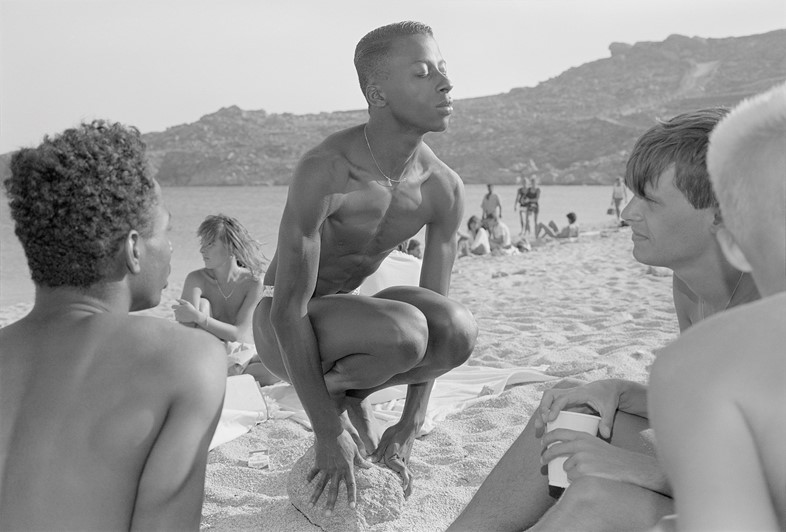
Purtell’s images of statues are a poetic illustration of this tension. Young men and women are photographed in poses reminiscent of statues standing besides them in parks and fountains – or is it the statue’s pose that echoes that youth in denim shorts? The granular attention Purtell brings to sensuous gestures and mysterious relations can be traced back to his MFA days at Yale, where he was taught by Tod Papageorge, who influenced a generation of artists, including Mark Steinmetz, An-My Lê and Philip-Lorca diCorcia. As Barker said, “Tod is known for the elegance in his work and you can see that elegance in all the photographers he worked with.” Love’s Labour oozes such leisurely ease, even photos of people relaxing in the centre of Paris look as though they were taken on the French Riviera.
Love’s Labour by Sergio Purtell, published by Stanley/Barker, is out now.
